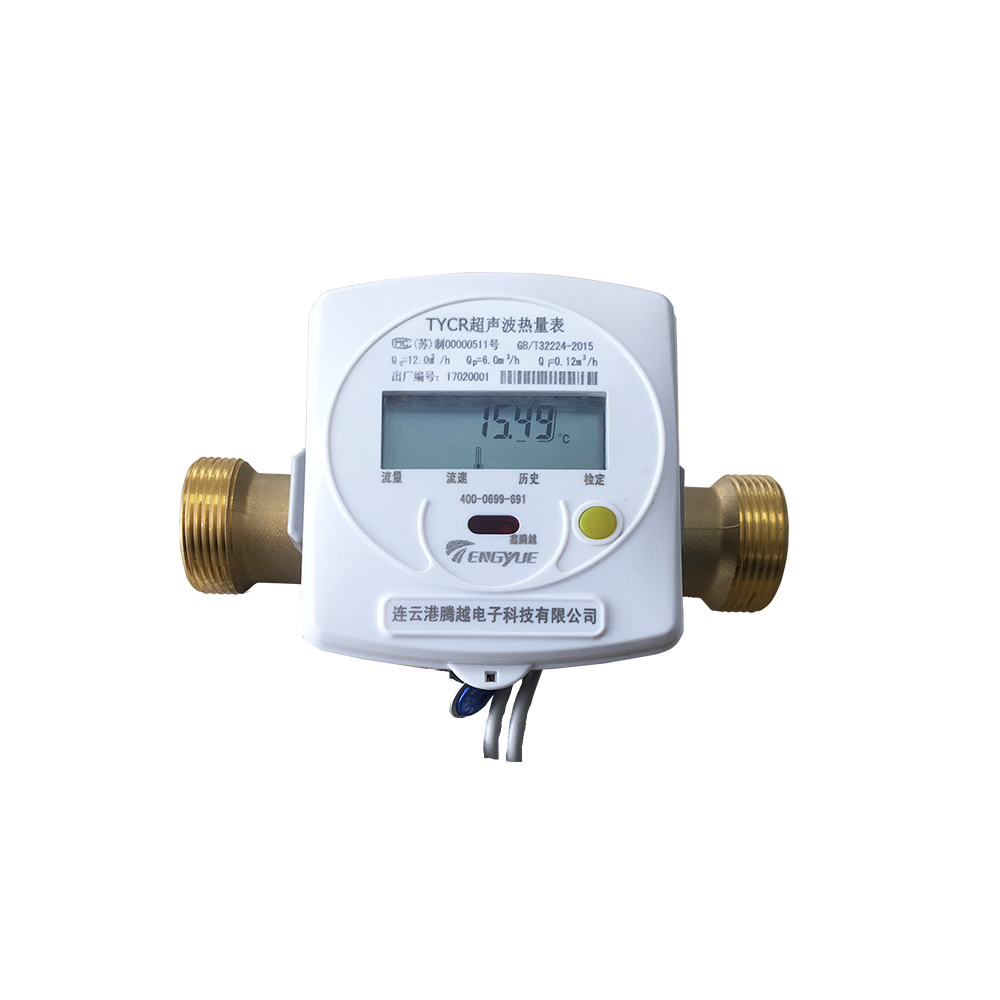
The temperature sensor should be slowly (1 minute to 3 minutes) inserted into the experimental device that has reached the upper limit temperature and kept at this temperature for sufficient time to reach thermal equilibrium. Slowly (1 minute to 3 minutes) take it out of the experimental device with the upper limit temperature, stay at room temperature for a period of time, and then slowly (1 minute to 3 minutes) insert the temperature sensor into the experimental device that has reached the lower limit temperature and keep it at this temperature Keep it for enough time to reach thermal equilibrium. Finally, slowly (1 minute to 3 minutes), take it out from the experimental device at the lower limit temperature. This process should be repeated 10 times.
After the temperature cycle, the resistance of the temperature sensor as a component should be tested under the following conditions. The insulation resistance between the sensor metal shell and each conductor connected to the sensor should be tested under reference conditions, and the test voltage used should not exceed DC 100V. The polarity of the voltage should be reversed. The measured resistance should not be less than 100MW.
It should be measured when the sensor is at the highest temperature. The resistance between the metal shell of the sensor and each conductor connected to the sensor should not exceed 10V DC. The polarity of the voltage should be reversed. The measured resistance should not be less than 10MW at any time.








